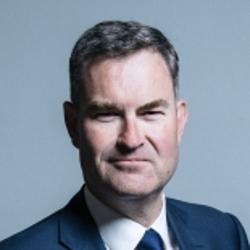Unpaid Taxes
(asked on 10th December 2014) - View SourceQuestion to the HM Treasury:
To ask Mr Chancellor of the Exchequer, with reference to paragraph 1.5 of the HM Revenue and Customs' (HMRC) summary of responses to the consultation on Direct Recovery of Debts, what estimate he has made of the number of HMRC staff members that will be required to guarantee that every debtor will receive a face-to-face visit in (a) 2015-16, (b) 2016-17, (c) 2017-18, (d) 2018-19 and (e) 2019-20; and whether those staff will be new or existing HMRC staff.
Direct Recovery of Debts (DRD) is expected to affect around 17,000 debtors each year.
HM Revenue & Customs (HMRC) has a well-established process for making face-to-face visits to debtors who do not pay what they owe. In 2013-14, HMRC’s Field Force agents made around 900,000 visits to debtors.
Some of those who will be considered for DRD would receive a visit from a Field Force officer in the course of normal debt enforcement. Once DRD begins operation, these visits will provide a further opportunity for HMRC to:
personally identify the taxpayer and confirm it is their debt
explain to debtors what they owe, why they are being pursued for payment, and discuss payment of the debt
discuss options to resolve the debt, including offering a Time to Pay arrangement to the debtor, where appropriate
identify debtors who are in a vulnerable position and offer them the support they need to settle their debts.
HMRC anticipates that it will absorb the operational cost of DRD visits within its current funding envelope, and the Government has budgeted £800,000 for the systems changes that will underpin the delivery of this measure. HMRC does not expect to recruit additional staff for this purpose.

